Water is a precious resource, and efficient distribution systems are crucial to ensure its availability to all. Polyethylene (PE) pipes have emerged as a popular choice for water supply due to their numerous advantages over traditional pipe materials. In this article, we will explore the benefits of using PE pipes for water distribution systems. 1. Durability and Longevity: PE pipes are known for their exceptional durability, making them suitable for long-term use. They are resistant to corrosion, chemical agents, and environmental stressors like UV rays. This characteristic significantly reduces the risk of leaks and pipe failures, ensuring a reliable water distribution system with minimal maintenance requirements.
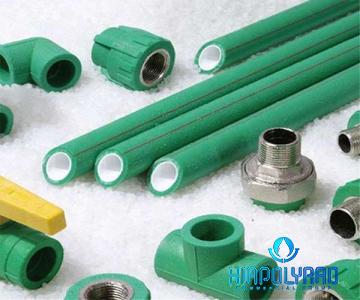
.
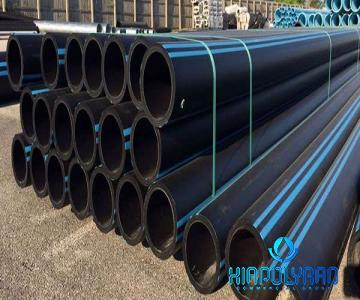 2. Flexibility and Ease of Installation: PE pipes are highly flexible and can be easily maneuvered to navigate around obstacles during installation. Their lightweight nature results in ease of handling, reducing manpower requirements and overall installation costs. The pipe’s ability to withstand ground movement and settle into place without breaking significantly contributes to its longevity. 3. Efficient Water Flow and Low Head Loss: PE pipes offer smooth inner walls, minimizing friction losses and turbulence during water flow. This characteristic ensures efficient water distribution, enabling better flow rates and reducing the energy required for pumping water. Consequently, the overall operational costs are reduced, making PE pipes a cost-effective solution for water distribution systems.
2. Flexibility and Ease of Installation: PE pipes are highly flexible and can be easily maneuvered to navigate around obstacles during installation. Their lightweight nature results in ease of handling, reducing manpower requirements and overall installation costs. The pipe’s ability to withstand ground movement and settle into place without breaking significantly contributes to its longevity. 3. Efficient Water Flow and Low Head Loss: PE pipes offer smooth inner walls, minimizing friction losses and turbulence during water flow. This characteristic ensures efficient water distribution, enabling better flow rates and reducing the energy required for pumping water. Consequently, the overall operational costs are reduced, making PE pipes a cost-effective solution for water distribution systems.
..
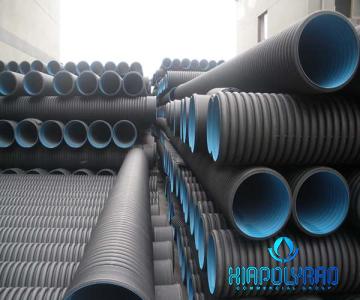 4. Resistance to Chemicals and Corrosion: PE pipes exhibit excellent resistance to a wide range of chemicals, including acids, alkalis, and salts. This resistance prevents degradation, ensuring the safety and quality of the distributed water. Additionally, PE pipes are immune to corrosion caused by soil, which is a common issue faced by traditional pipe materials like steel and iron. 5. Leakage Prevention and Enhanced Hygiene: The jointing technology used in PE pipe systems, such as heat fusion or electrofusion, ensures leak-free connections. This characteristic significantly reduces water wastage, supports water conservation efforts, and preserves the integrity of the distribution network. Furthermore, PE pipes have smooth surfaces, which inhibit the growth of bacteria, biofilm, and other contaminants. As a result, water quality is maintained, promoting better public health and hygiene. 6. Sustainable and Environmentally Friendly: PE pipes are environmentally friendly throughout their life cycle.
4. Resistance to Chemicals and Corrosion: PE pipes exhibit excellent resistance to a wide range of chemicals, including acids, alkalis, and salts. This resistance prevents degradation, ensuring the safety and quality of the distributed water. Additionally, PE pipes are immune to corrosion caused by soil, which is a common issue faced by traditional pipe materials like steel and iron. 5. Leakage Prevention and Enhanced Hygiene: The jointing technology used in PE pipe systems, such as heat fusion or electrofusion, ensures leak-free connections. This characteristic significantly reduces water wastage, supports water conservation efforts, and preserves the integrity of the distribution network. Furthermore, PE pipes have smooth surfaces, which inhibit the growth of bacteria, biofilm, and other contaminants. As a result, water quality is maintained, promoting better public health and hygiene. 6. Sustainable and Environmentally Friendly: PE pipes are environmentally friendly throughout their life cycle.
…
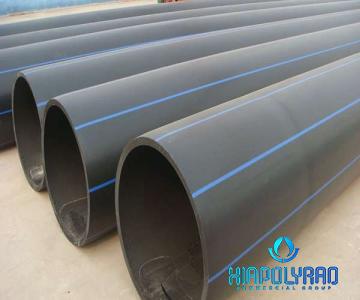 They are manufactured using energy-efficient processes and require minimal maintenance and replacement, resulting in lower energy consumption and reduced carbon footprint. Furthermore, PE pipes are recyclable, contributing to a circular economy by reducing waste and conserving resources. Conclusion: In conclusion, PE pipes offer numerous advantages for water distribution systems. Their durability, flexibility, and resistance to corrosion and chemicals make them a reliable and cost-effective choice. The ability to ensure efficient water flow, prevent leaks, and maintain water quality further solidifies their suitability. As the world focuses on sustainable solutions, PE pipes continue to play a crucial role in promoting efficient water supply while minimizing environmental impact.
They are manufactured using energy-efficient processes and require minimal maintenance and replacement, resulting in lower energy consumption and reduced carbon footprint. Furthermore, PE pipes are recyclable, contributing to a circular economy by reducing waste and conserving resources. Conclusion: In conclusion, PE pipes offer numerous advantages for water distribution systems. Their durability, flexibility, and resistance to corrosion and chemicals make them a reliable and cost-effective choice. The ability to ensure efficient water flow, prevent leaks, and maintain water quality further solidifies their suitability. As the world focuses on sustainable solutions, PE pipes continue to play a crucial role in promoting efficient water supply while minimizing environmental impact.


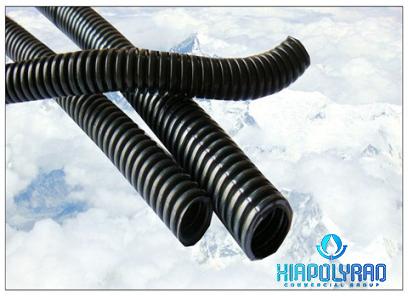
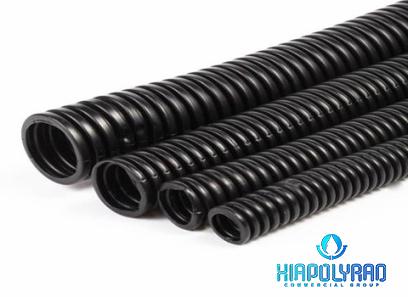

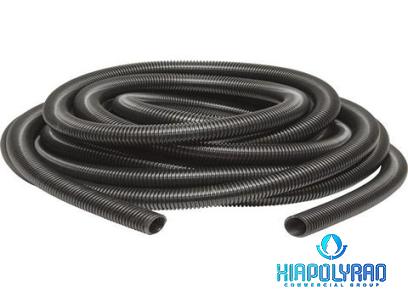
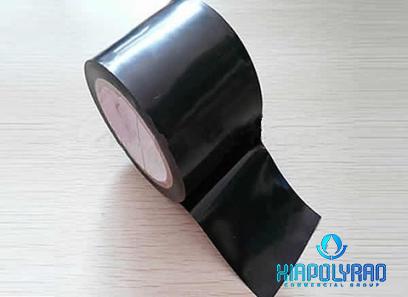
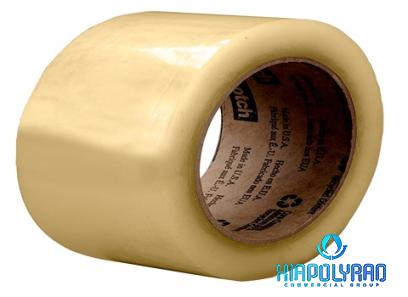
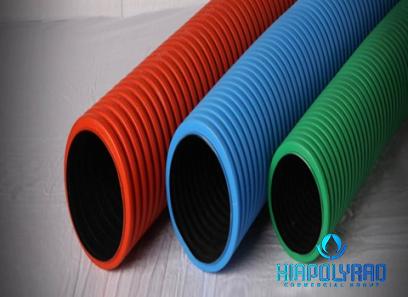
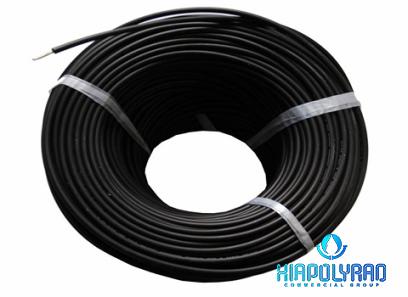
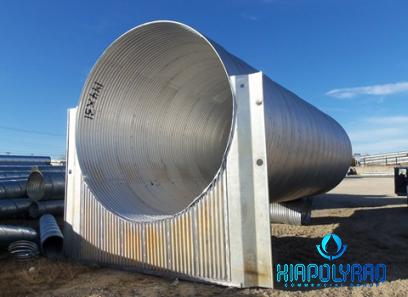
Your comment submitted.